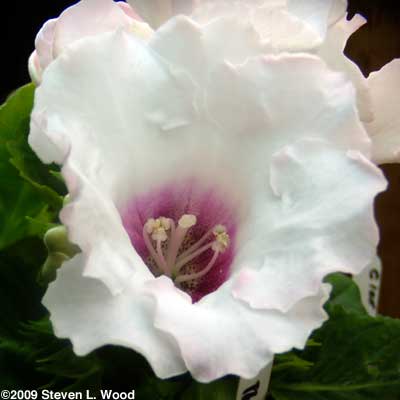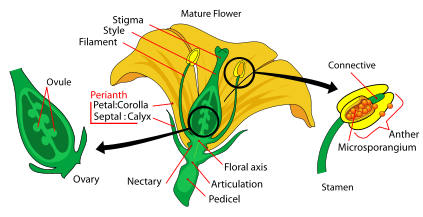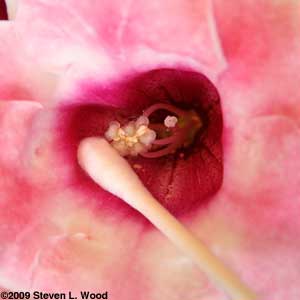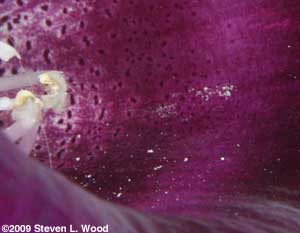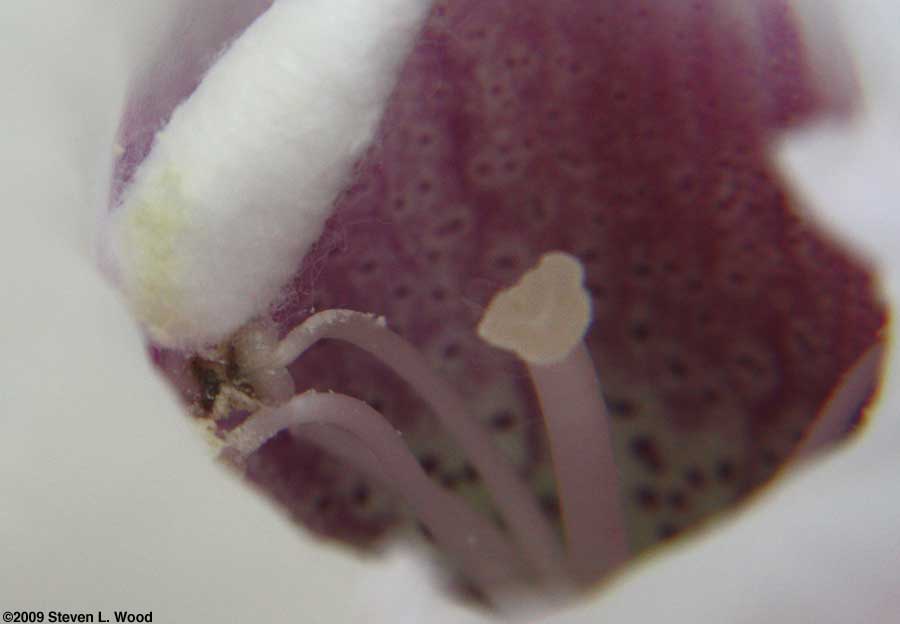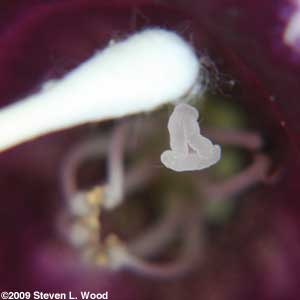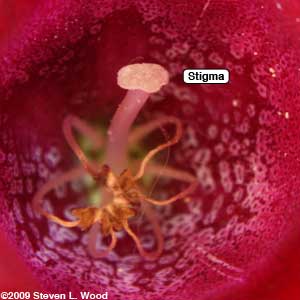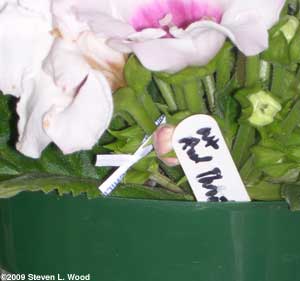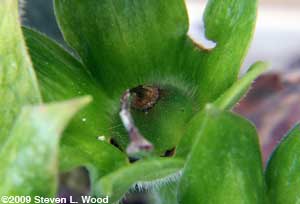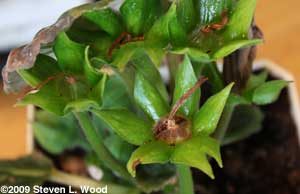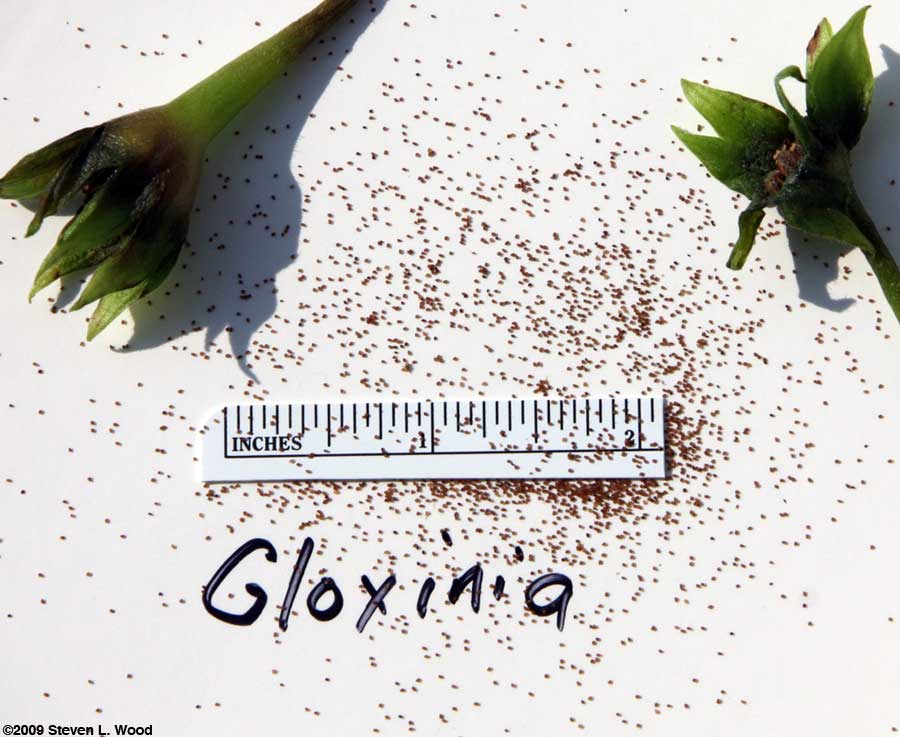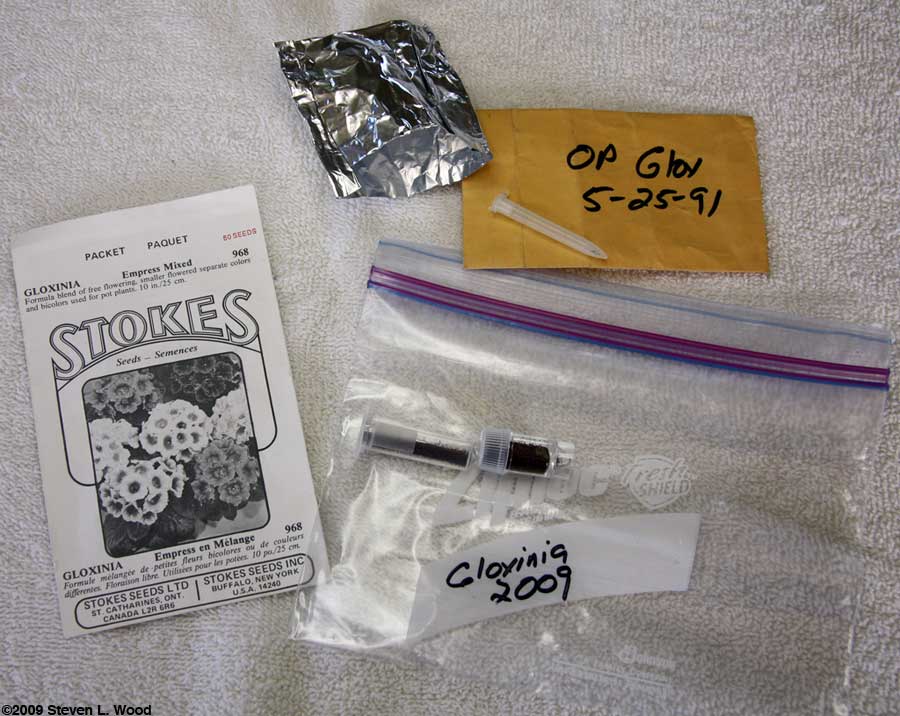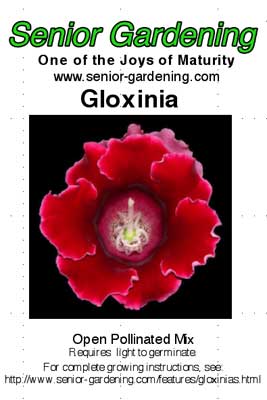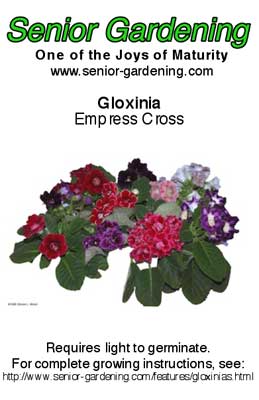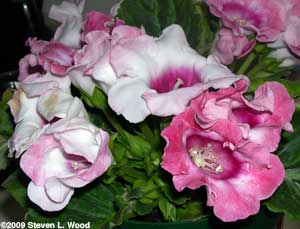One of the Joys of Maturity |
|
| Affiliated Advertisers |
Saving Gloxinia Seed
As with any seed saving endeavour, you want to use only open pollinated varieties of gloxinias for best results. Some hybrids are sterile and others, if hand pollinated, may produce undesirable offspring. Having said that, our kids at school didn't always collect their pollen from open pollinated blooms. And yes, we did get some unusual results at times!
Okay, now that our mini-science lesson is over, let's get to pollinating gloxinia blooms.
The whole process goes a lot easier if you have several gloxinia plants in bloom to collect pollen from and transfer pollen to. And you have to be persistent with this process, as sometimes you'll find your gloxinias just aren't ready to shed their pollen freely.
If your attempts at pollination don't take, the flower will wilt and wither. But if you are successful, the flower stem will usually remain erect as it nourishes the developing seed. The ovary of the flower will swell to about a quarter to a half inch across. The flower petals may or may not drop away in time. It's okay to gently pull at the top of them to remove them when they begin to wither.
I shake my cut blooms out over a paper plate or paper bowl. A single bloom will produce hundreds of seeds. I can sometimes get a few more seeds per bloom by letting the bloom sit and dry for a day or two and then squeezing it gently to make it release the last of its seeds. After letting the seed sit in a dry area for several days, I package it for long-term storage in the freezer. I've successfully used both homemade aluminum foil packages and used, commercial seed vials (glass or plastic) to store my gloxinia seed.
Shown above are a variety of packages that may be used, including an old, commercial seed envelope, a homemade foil package, and several used, commercial seed vials. And yes, the date on the brown envelope is accurate. The envelope held the vial sitting on it along with a foil package of seed collected in 1991. I used up almost all of the 1991 seed this year...with excellent germination still! Do note that beyond the packages shown, everything goes into a good freezer bag as well and is kept in a manual defrost chest freezer. (Well, right now they go back into our freezer over the fridge, but will go back out to the chest freezer soon.) Avoid putting gloxinia seed directly into plastic bags. I bought some seed from a new vendor this year and received two plastic bags with about ten seeds in each. It was extremely difficult to get the seed unstuck from the plastic bag. Glassine envelopes do work well for seed storage, but should also go into a freezer bag as well. In recent years, we've shared gloxinia seed in commercial seed envelopes with a bit of info and a photo printed on them.
I think that's about all there is to it. So, go for it and give it a try!
Odds 'n' Ends This feature article is an extension of the ongoing feature, Gloxinias, that appears elsewhere on this site. Like the gloxinia feature, this one gets updated irregularly as I gather better images and/or new information. I'd started this feature article a long time ago, but quickly found that I didn't have the proper photo equipment to document what I was doing. The article sat for a long time until I acquired the necessary equipment to finish things up. Here's a current (3/2012) image of two gloxinias grown from seed that are currently starring on our kitchen counter. One last thing I should mention is that you really won't have to start gloxinias from seed very often, unless you just want to. We had a bit of a disaster and lost all of our gloxinia plants several years ago. I did, of course, still have lots of viable seed stored in the freezer to begin once again. With proper care, gloxinias can grow, go through dormancy, and grow again, repeating the process for years and years. Gloxinia Photos (10/12/2012) I added a page of Gloxinia Photos to the site today. As we progress into plants that have been through several years growth and periods of dormancy, we're getting a lot more plants that produce 10-20 blooms at a time. From Steve, the at Senior Gardening Ads shown on this site do not represent an endorsement or warranty of any kind of products or companies shown. |
| Affiliated Advertisers |
Updated 9/7/2016
©2009 Senior-Gardening.com

